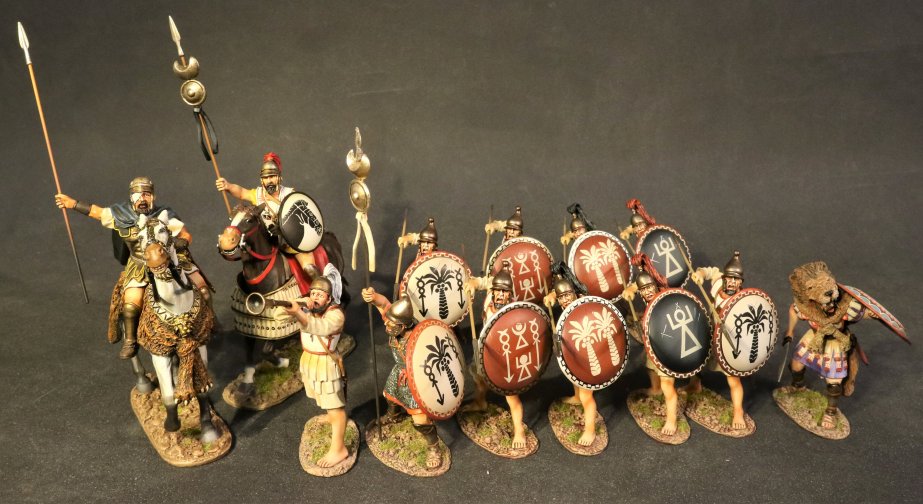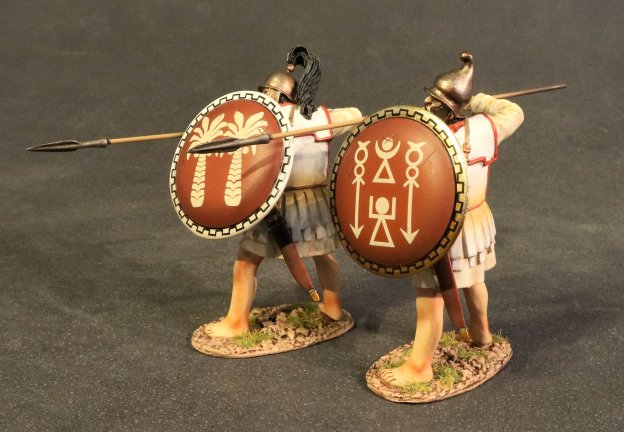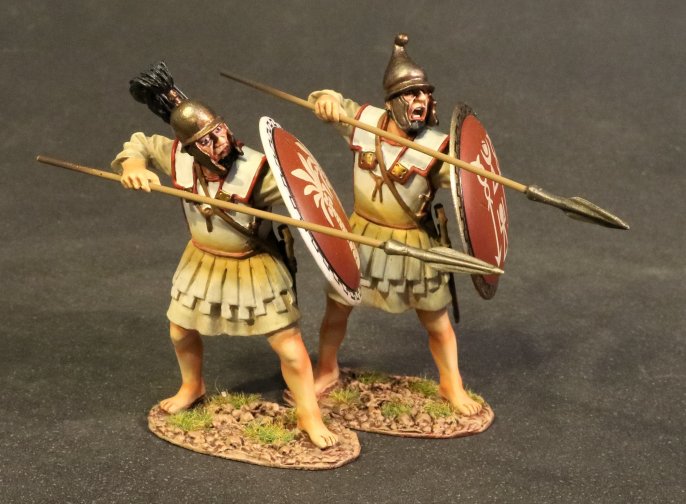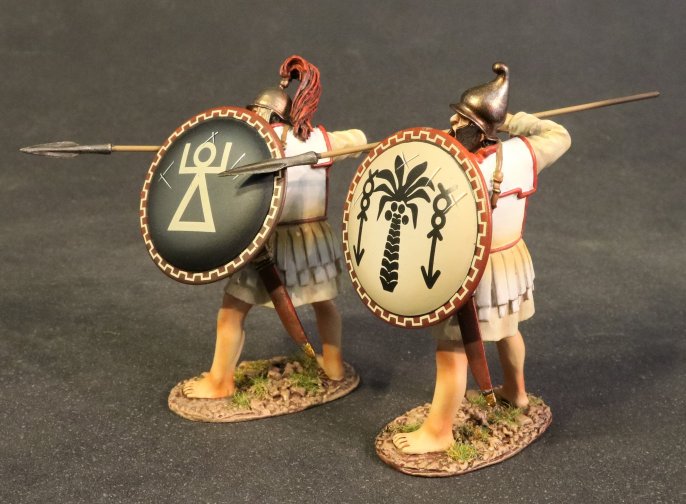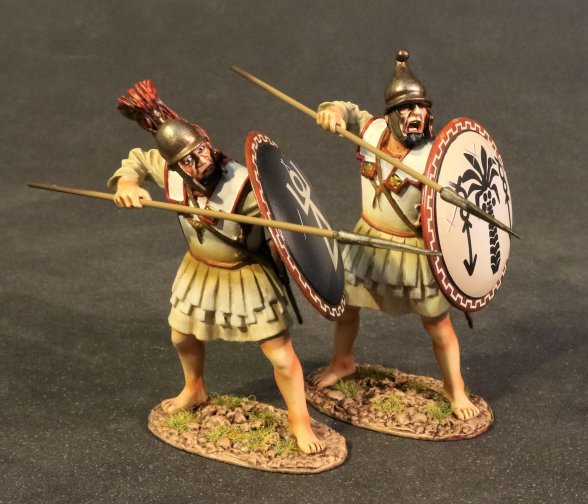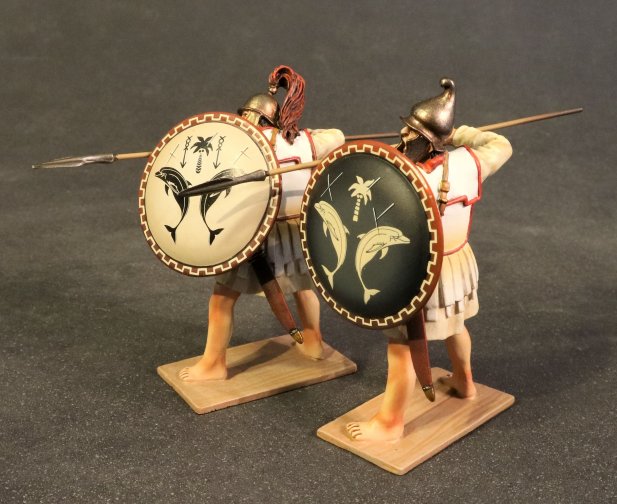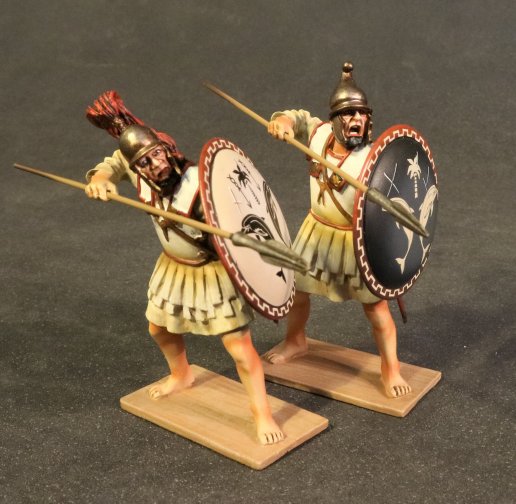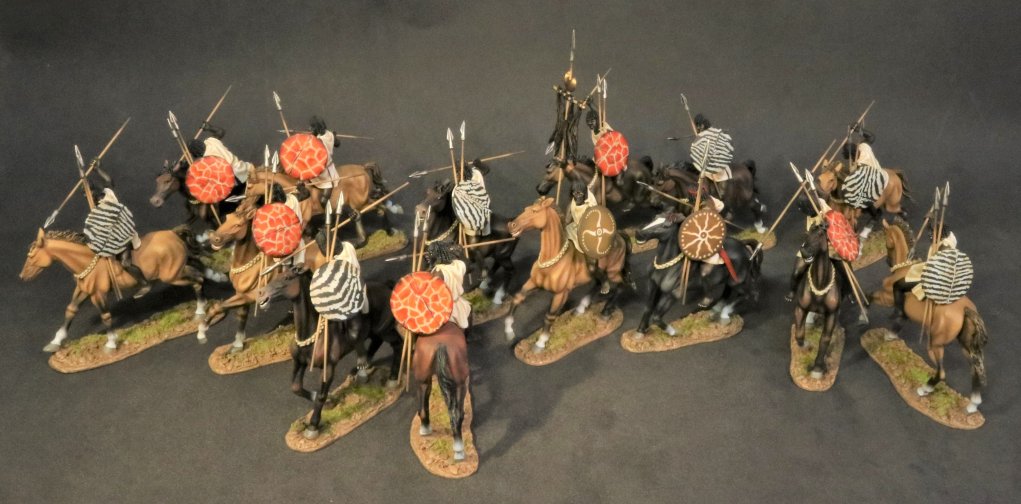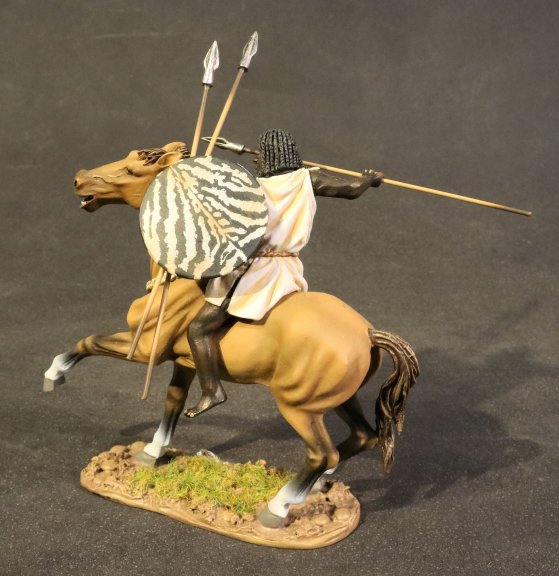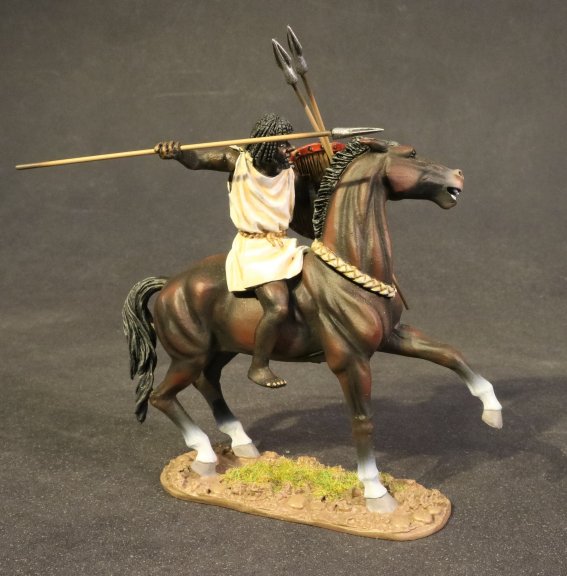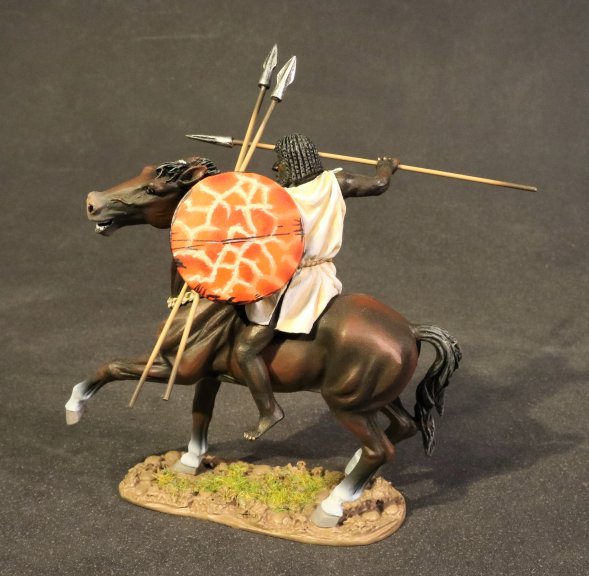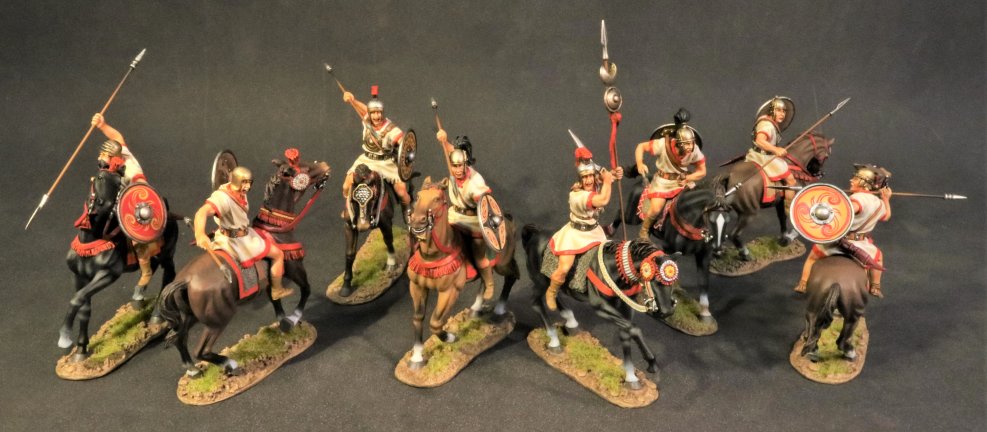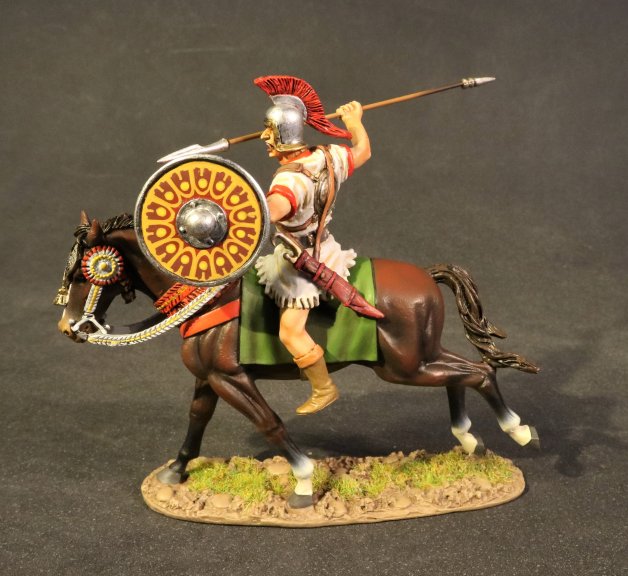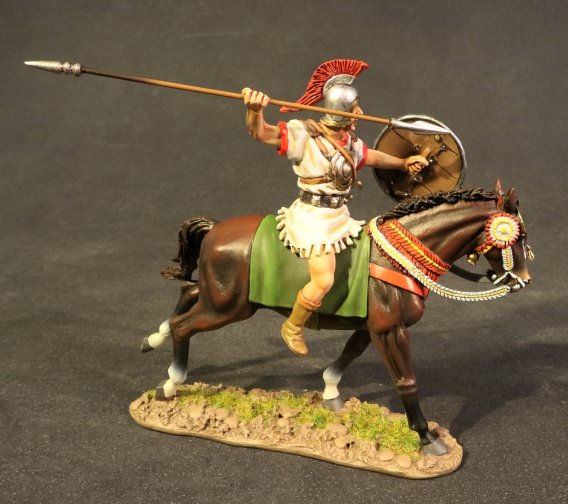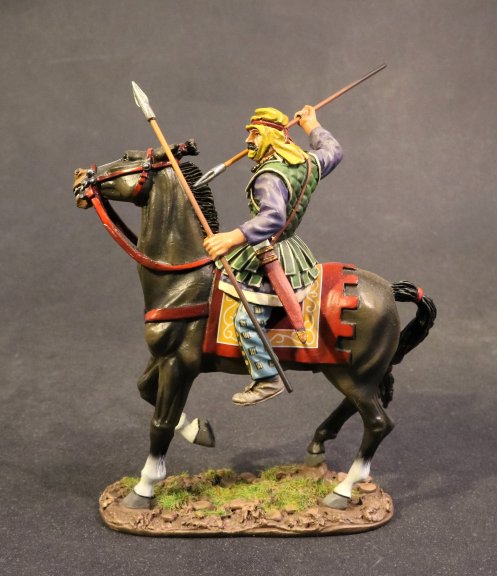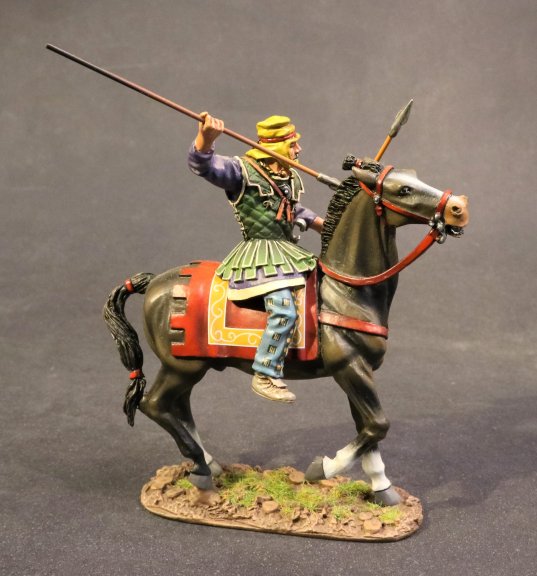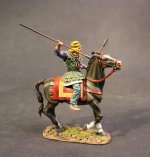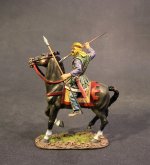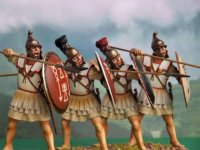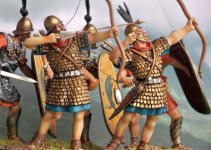- Joined
- Feb 2, 2011
- Messages
- 2,093
NEW RELEASES FOR AUGUST 2020
THE ANCIENTS COLLECTION
ARMIES AND ENEMIES OF ANCIENT ROME
REPUBLICAN ROMANS
ROMAN WARSHIP
Look for pictures of the Warship and crews next month.
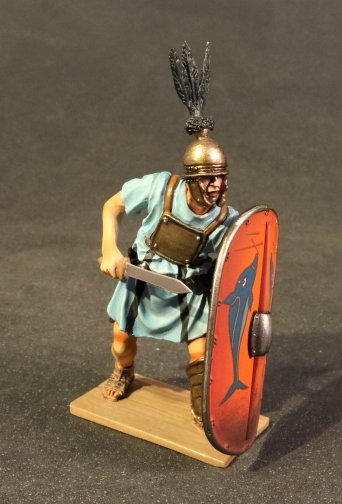
BTMRR-07
ARMIES AND ENEMIES OF ANCIENT ROME,
THE ROMAN ARMY OF THE MID REPUBLIC,
ROMAN WARSHIP,
MARINE.
(1 pc)
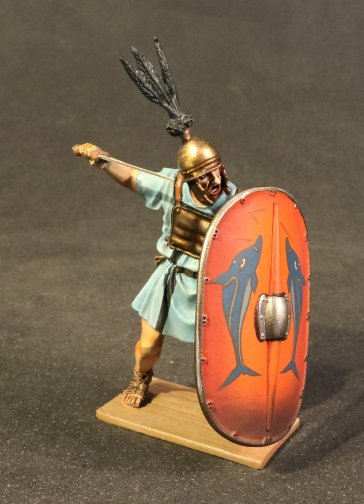
BTMRR-08
ARMIES AND ENEMIES OF ANCIENT ROME,
THE ROMAN ARMY OF THE MID REPUBLIC,
ROMAN WARSHIP,
MARINE.
(1 pc)
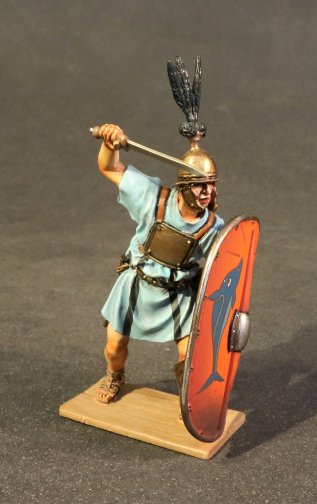
BTMRR-09
ARMIES AND ENEMIES OF ANCIENT ROME,
THE ROMAN ARMY OF THE MID REPUBLIC,
ROMAN WARSHIP,
MARINE.
(1 pc)
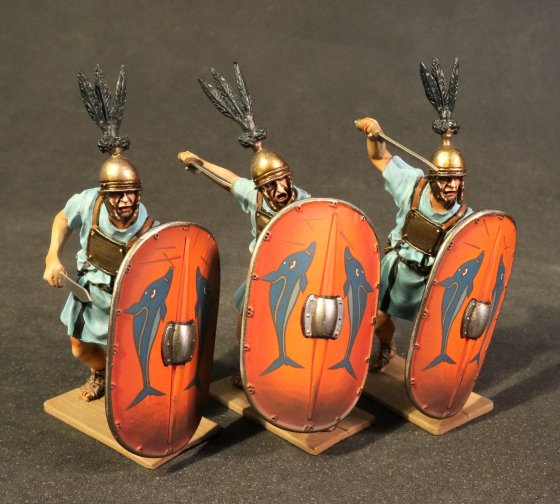
BTMRR-789N
ARMIES AND ENEMIES OF ANCIENT ROME,
THE ROMAN ARMY OF THE MID REPUBLIC,
ROMAN WARSHIP,
MARINES.
(3 pc)
PLEASE NOTE THERE ARE AT LEAST 6 MORE ROMAN CREW FIGURES WHICH WILL BE AVAILABLE OVER THE NEXT FEW MONTHS
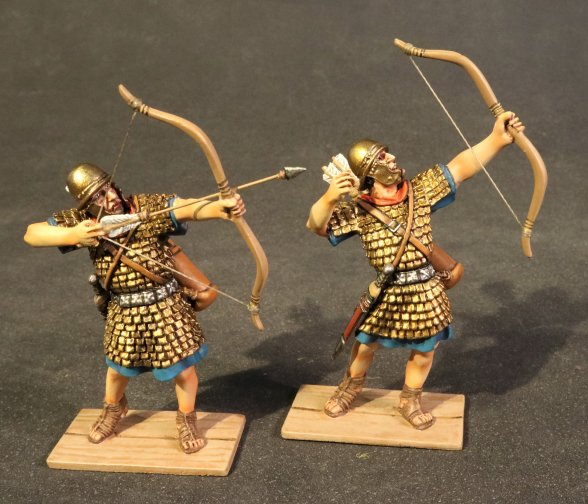
BTMRR-20
ARMIES AND ENEMIES OF ANCIENT ROME,
THE ROMAN ARMY OF THE MID REPUBLIC,
ROMAN WARSHIP,
ARCHERS.
(2 pcs)
PLEASE NOTE THERE ARE AT LEAST 4 MORE ROMAN ARCHER FIGURES WHICH WILL BE AVAILABLE OVER THE NEXT FEW MONTHS
Please Note the Roman Republican Archers are also available with normal grass bases shown below.
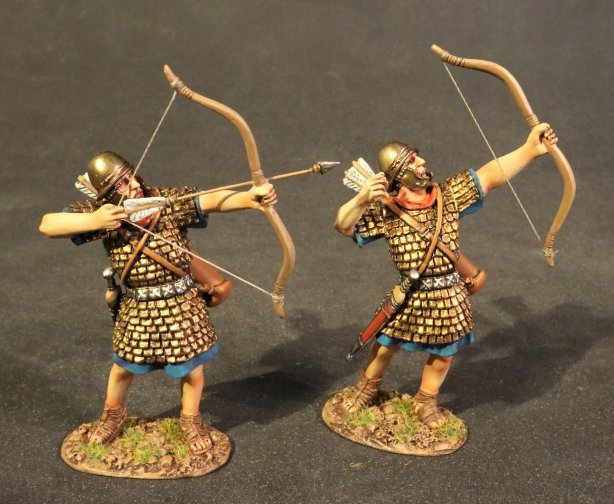
MRR-20
ARMIES AND ENEMIES OF ANCIENT ROME,
THE ROMAN ARMY OF THE MID REPUBLIC,
ARCHERS.
(2 pcs)
THE ANCIENTS COLLECTION
ARMIES AND ENEMIES OF ANCIENT ROME
REPUBLICAN ROMANS
ROMAN WARSHIP
Look for pictures of the Warship and crews next month.

BTMRR-07
ARMIES AND ENEMIES OF ANCIENT ROME,
THE ROMAN ARMY OF THE MID REPUBLIC,
ROMAN WARSHIP,
MARINE.
(1 pc)

BTMRR-08
ARMIES AND ENEMIES OF ANCIENT ROME,
THE ROMAN ARMY OF THE MID REPUBLIC,
ROMAN WARSHIP,
MARINE.
(1 pc)

BTMRR-09
ARMIES AND ENEMIES OF ANCIENT ROME,
THE ROMAN ARMY OF THE MID REPUBLIC,
ROMAN WARSHIP,
MARINE.
(1 pc)

BTMRR-789N
ARMIES AND ENEMIES OF ANCIENT ROME,
THE ROMAN ARMY OF THE MID REPUBLIC,
ROMAN WARSHIP,
MARINES.
(3 pc)
PLEASE NOTE THERE ARE AT LEAST 6 MORE ROMAN CREW FIGURES WHICH WILL BE AVAILABLE OVER THE NEXT FEW MONTHS

BTMRR-20
ARMIES AND ENEMIES OF ANCIENT ROME,
THE ROMAN ARMY OF THE MID REPUBLIC,
ROMAN WARSHIP,
ARCHERS.
(2 pcs)
PLEASE NOTE THERE ARE AT LEAST 4 MORE ROMAN ARCHER FIGURES WHICH WILL BE AVAILABLE OVER THE NEXT FEW MONTHS
Please Note the Roman Republican Archers are also available with normal grass bases shown below.

MRR-20
ARMIES AND ENEMIES OF ANCIENT ROME,
THE ROMAN ARMY OF THE MID REPUBLIC,
ARCHERS.
(2 pcs)


